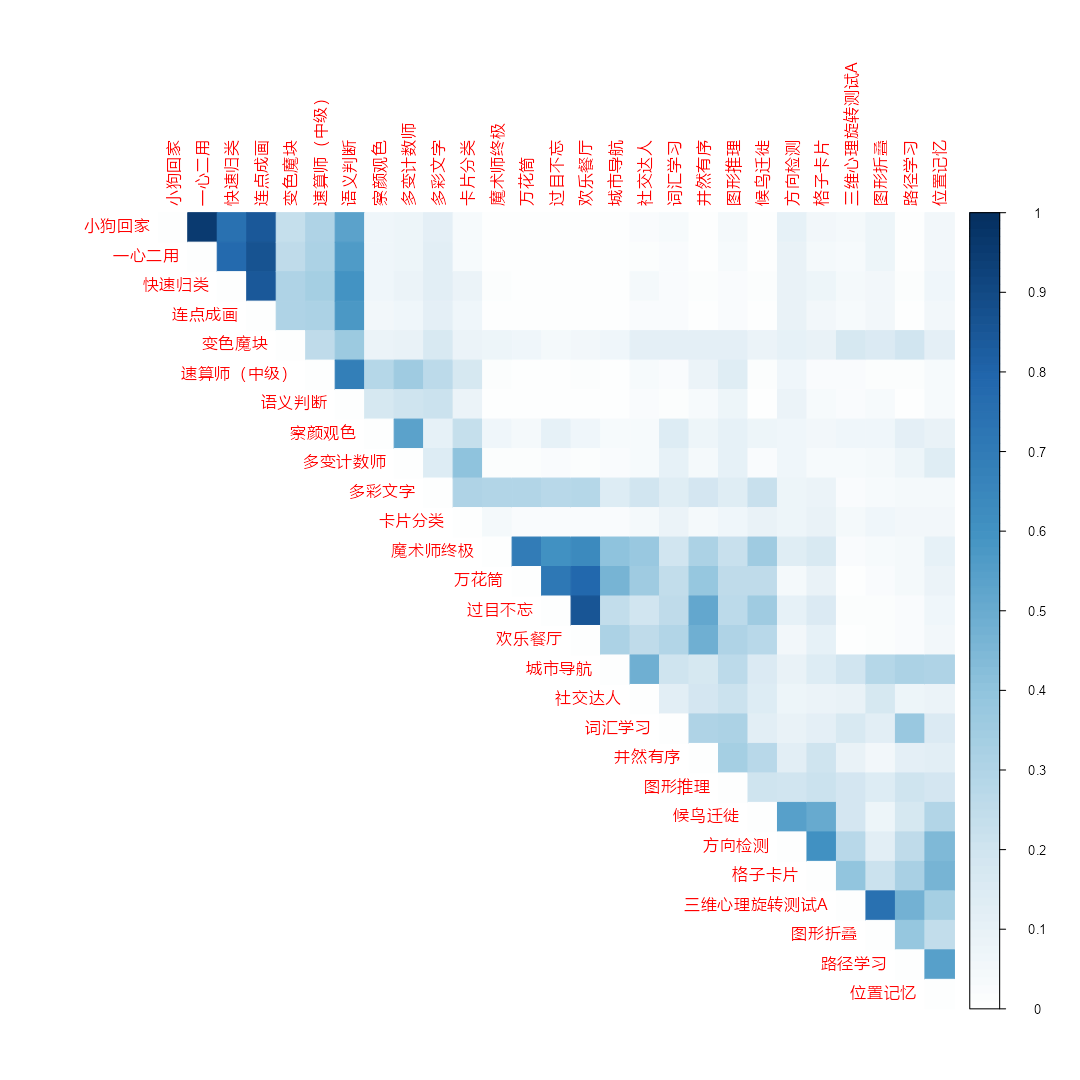Structure of cognitive abilities
Evidence based on behavioral paradigms and how to measure them effectively
2023-10-19
Introduction
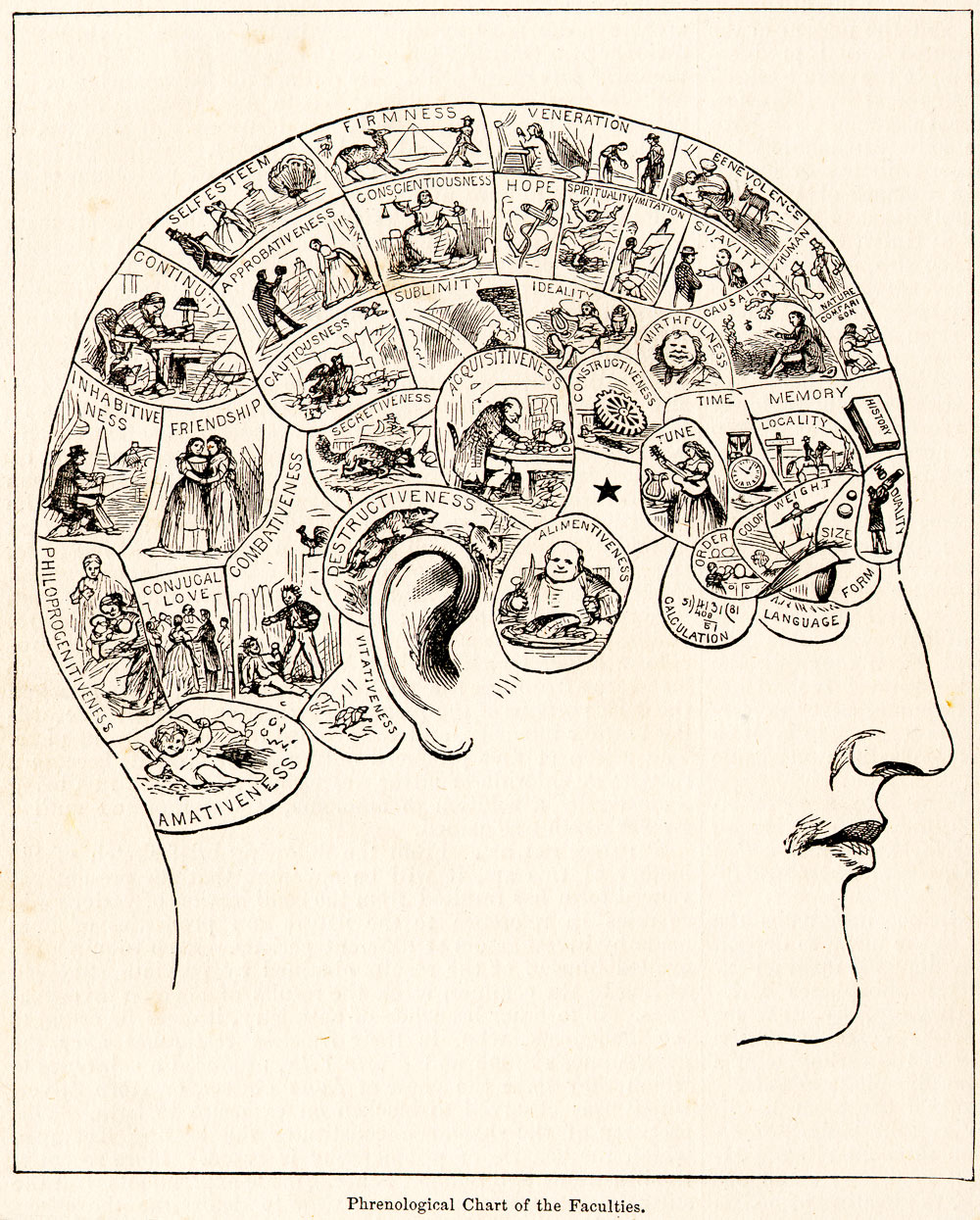
“Old-fashioned” functional Magnetic Resonance Imaging
Call for Cognitive Ontology
Issues of identification of neural correlates of cognitive processes
“Many-to-many mapping” between cognitive function and brain (Price and Friston 2005)
“Toothbrush problem” (Poldrack and Yarkoni 2016)
Cognitive ontology underlies structure-function mapping
The structure of the mind that specifies the component operations that comprise mental function (Poldrack 2010)
A formal ontology requires lots of work because of its requirements of controlled vocabulary and framework (Poldrack and Yarkoni 2016)
Data-driven ontology seems promising (Eisenberg et al. 2019)
Method
We collected cognitive tests commonly used in cognitive research, with which behavioral data on thousands of people were collected, to directly examine their relationships.
Sample Description based on CAMP
Tasks (creative ability not included)
- 80 distinct tasks
- 81 indices
Participants
- 1204 participants (Mean age = 20.6, SD = 1.7, range: [17.5, 31.38]; Sex: 52.0% females, 48.0% males, 0.0% other)
- 北京大学: 97; 北京联合大学: 98; 四川师范大学: 478; 天津师范大学: 537
Exploratory Factor Analysis
How many factors?
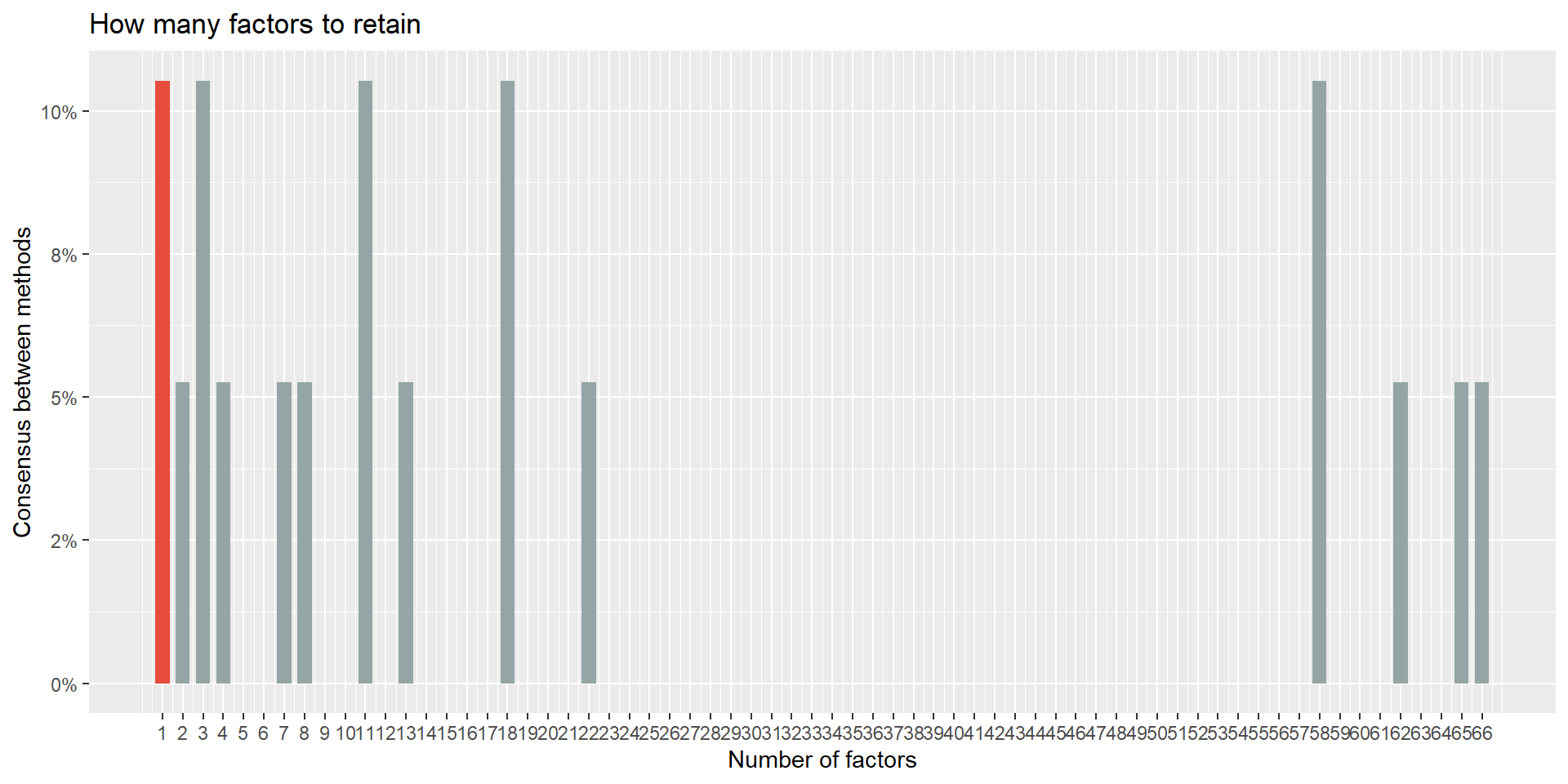
- The traditional way to determine number of factors is indecisive for us
- Some tasks load on many factors
- Some tasks have low reliability
Factors Resampling
- Here we use a new method based on resampling
- Resample with replace a sample of the same size as the original data
- Do exploratory factor analysis with 4-10 factors (reasonable based on previous slide)
- Store the factor attribution
- Repeat the process for 100 times
- Across the 100 samples, calculate the probability of each pair of tasks belonging to the same factor
- Average the results across all 4-10 factor solutions
Factor Convergence
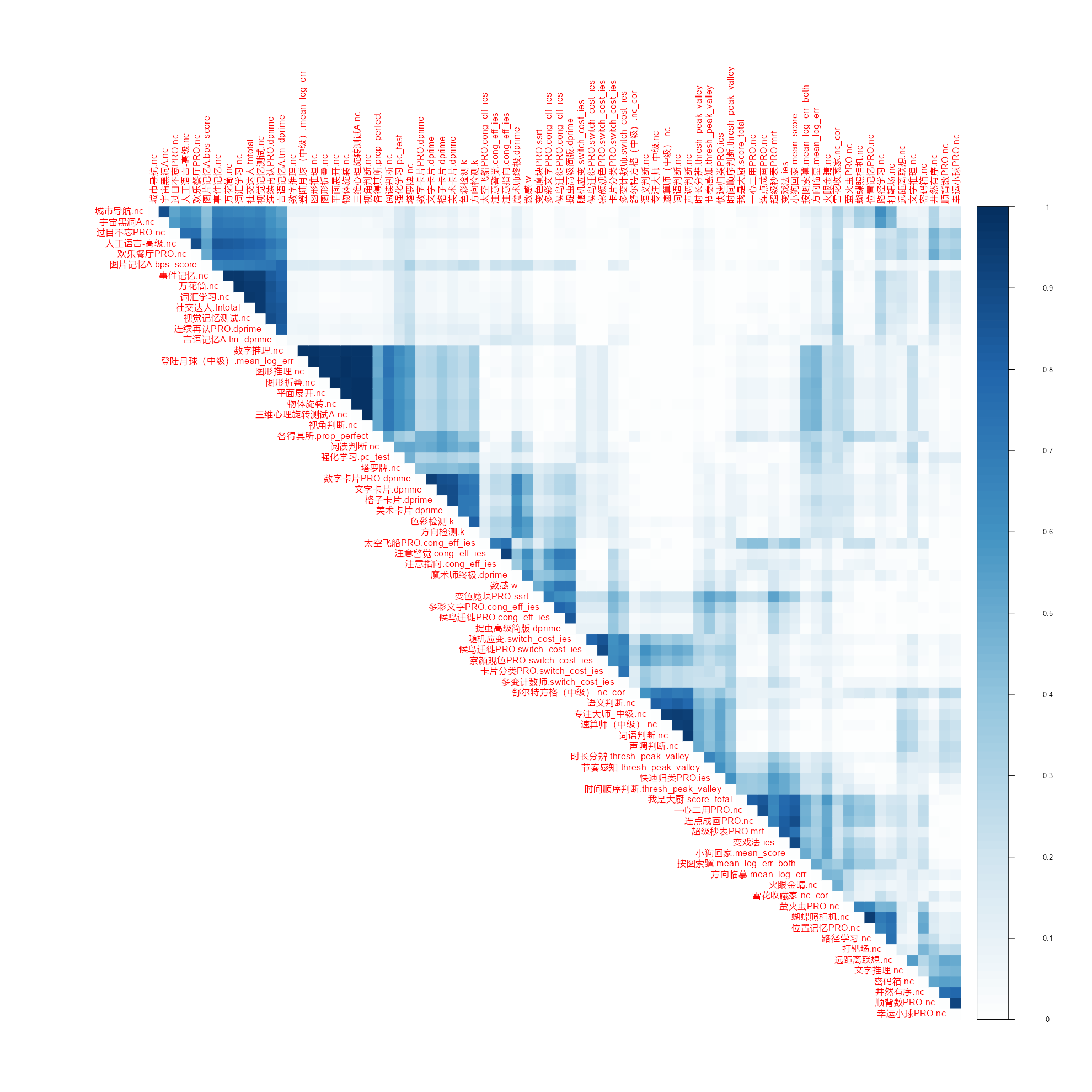
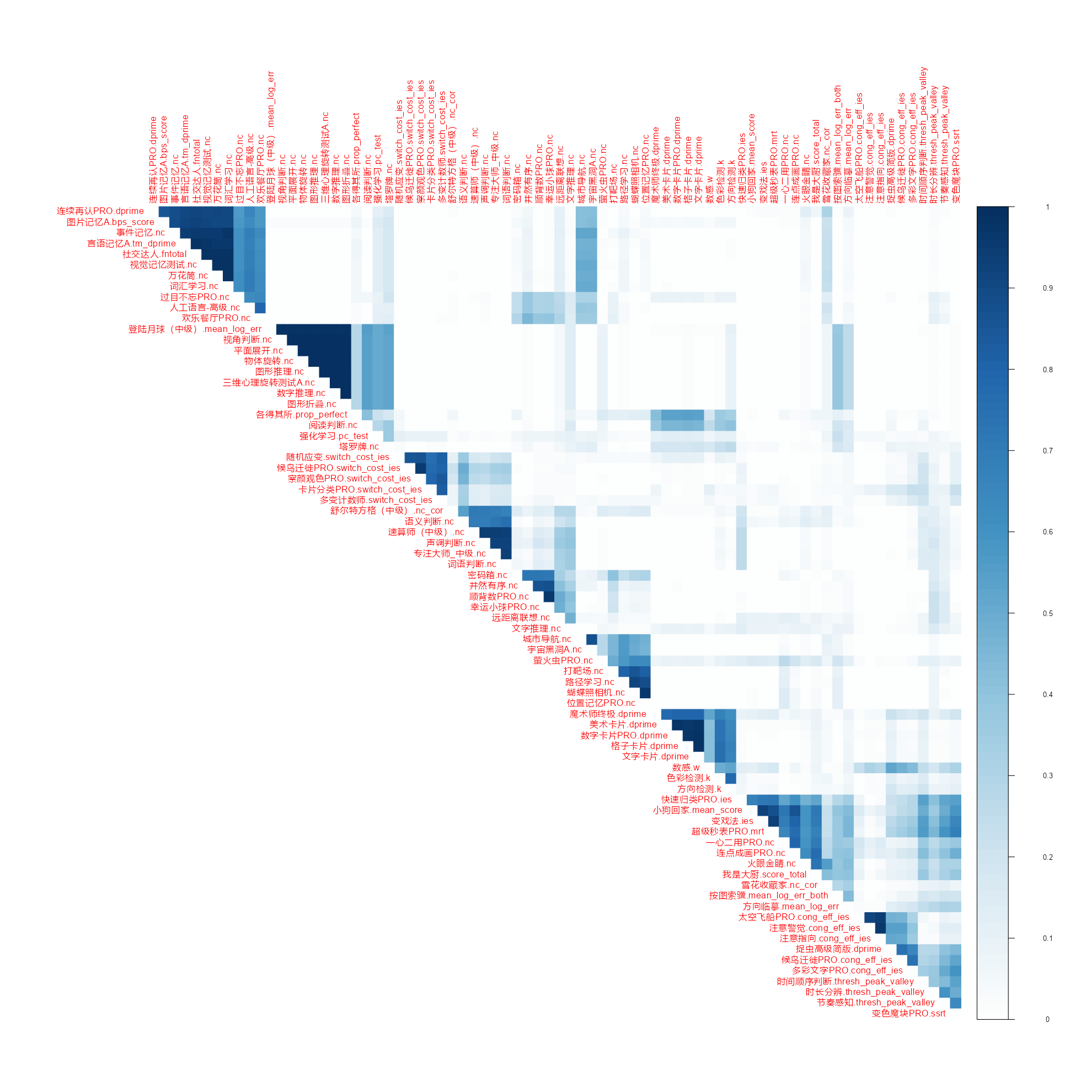
Structure based on the convergence
Confirmatory Factor Analysis
Loading
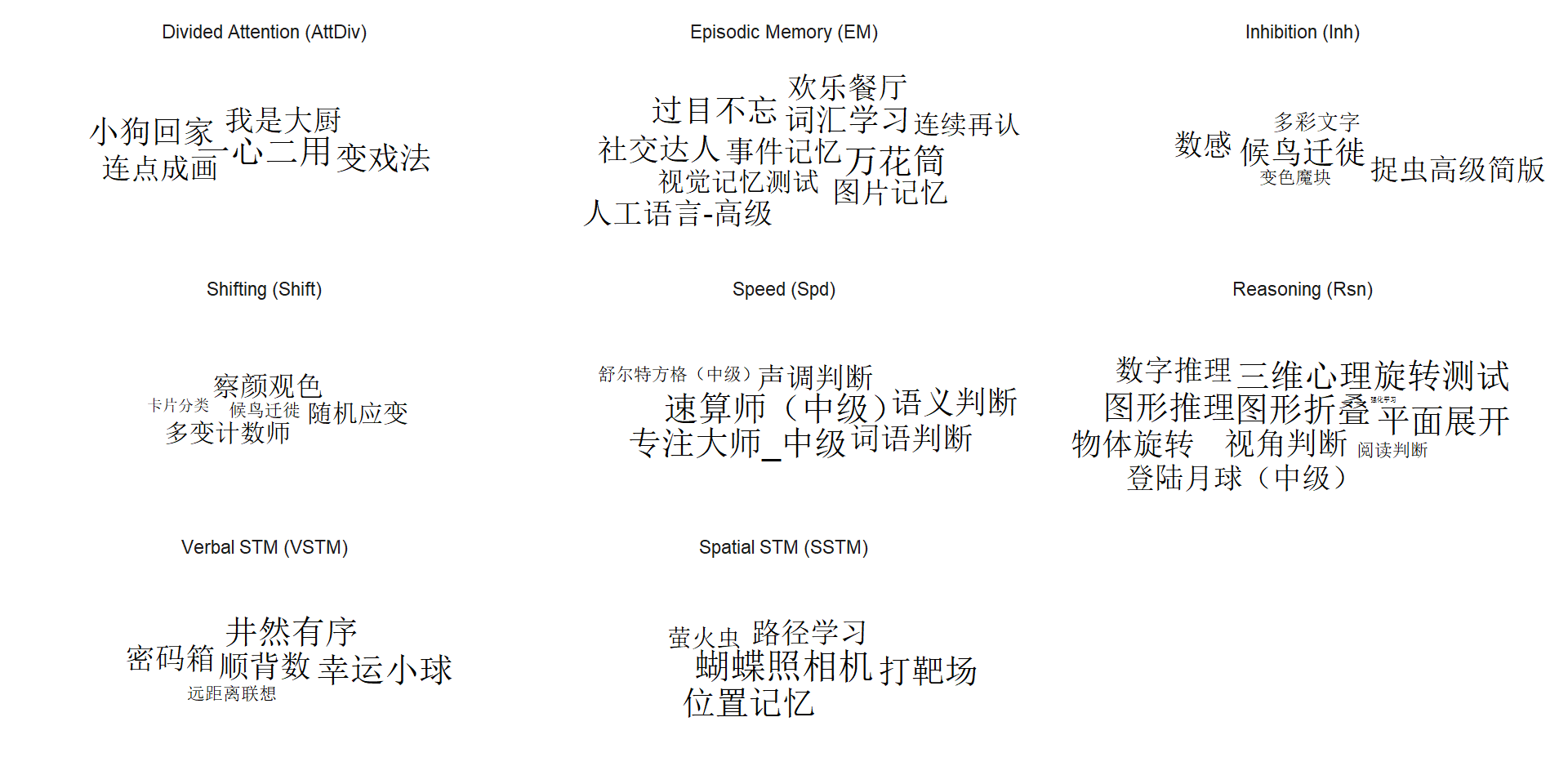
Latent Correlation
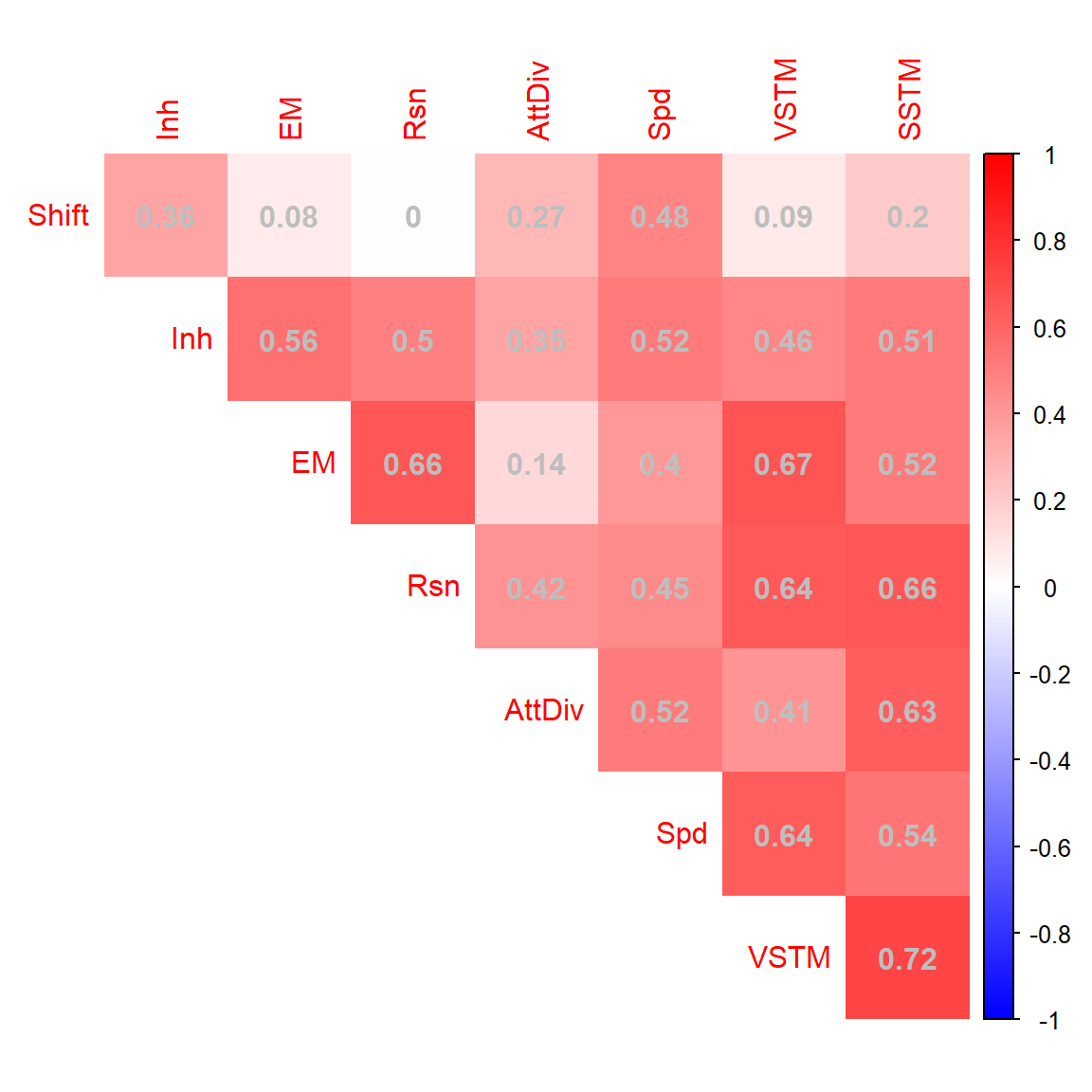
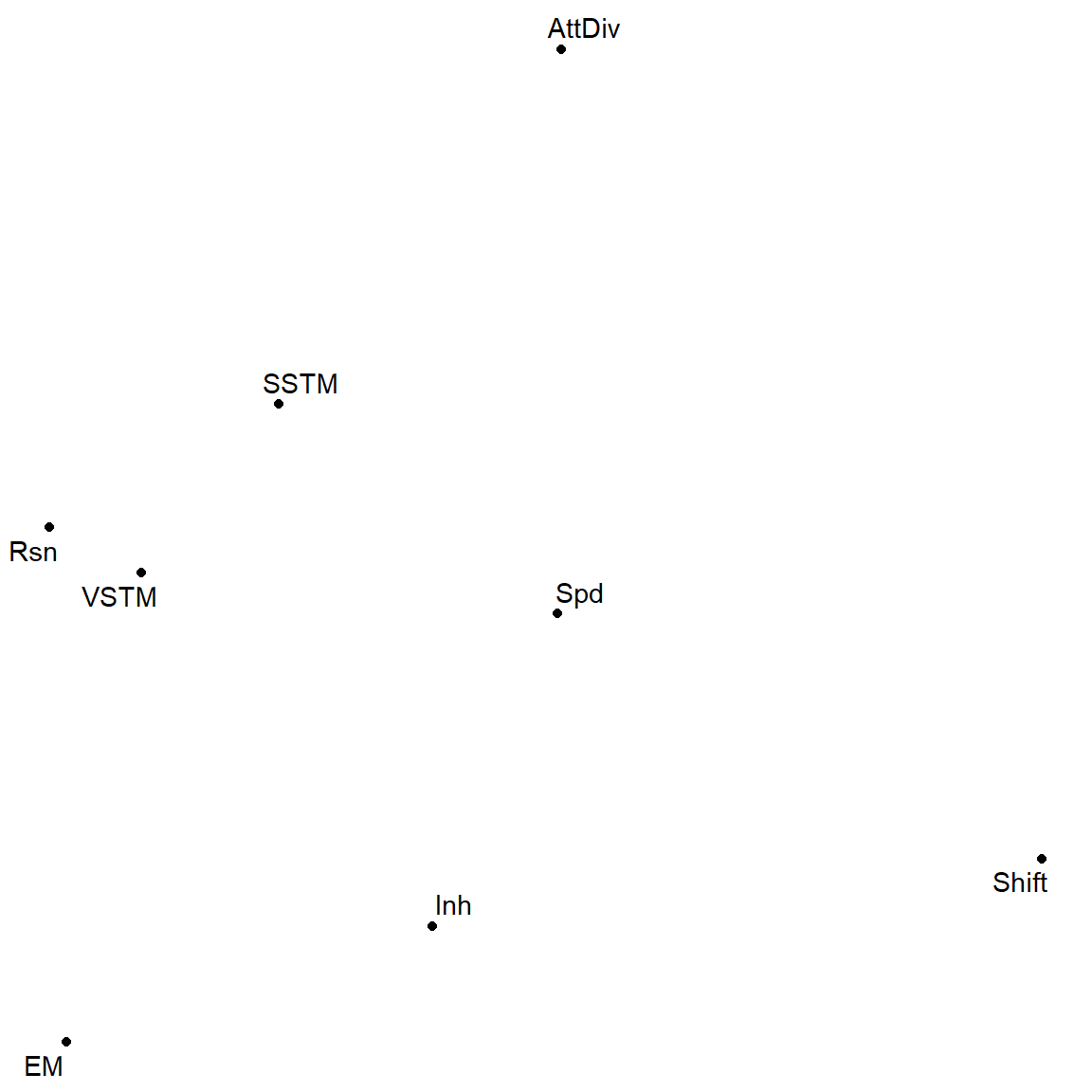
Goodness of Fit
The desired CFI and TLI is above 0.90, and RMSEA below 0.05.
| hierarchical | chisq | df | pvalue | CFI | TLI | RMESA |
|---|---|---|---|---|---|---|
| none | 3865.42 | 1196 | 0 | 0.84 | 0.83 | 0.04 |
| bifactor | 3820.95 | 1173 | 0 | 0.85 | 0.83 | 0.04 |
| highorder | 4372.66 | 1216 | 0 | 0.82 | 0.81 | 0.05 |
Improve Fitting
- Three means were tried
- Trim low loading tasks: poor (> 0.32), fair (> 0.45), good (> 0.55)
- Keep equal number of tasks for each dimension: 3 or 4
- Drop certain dimension
Loading Cutoff
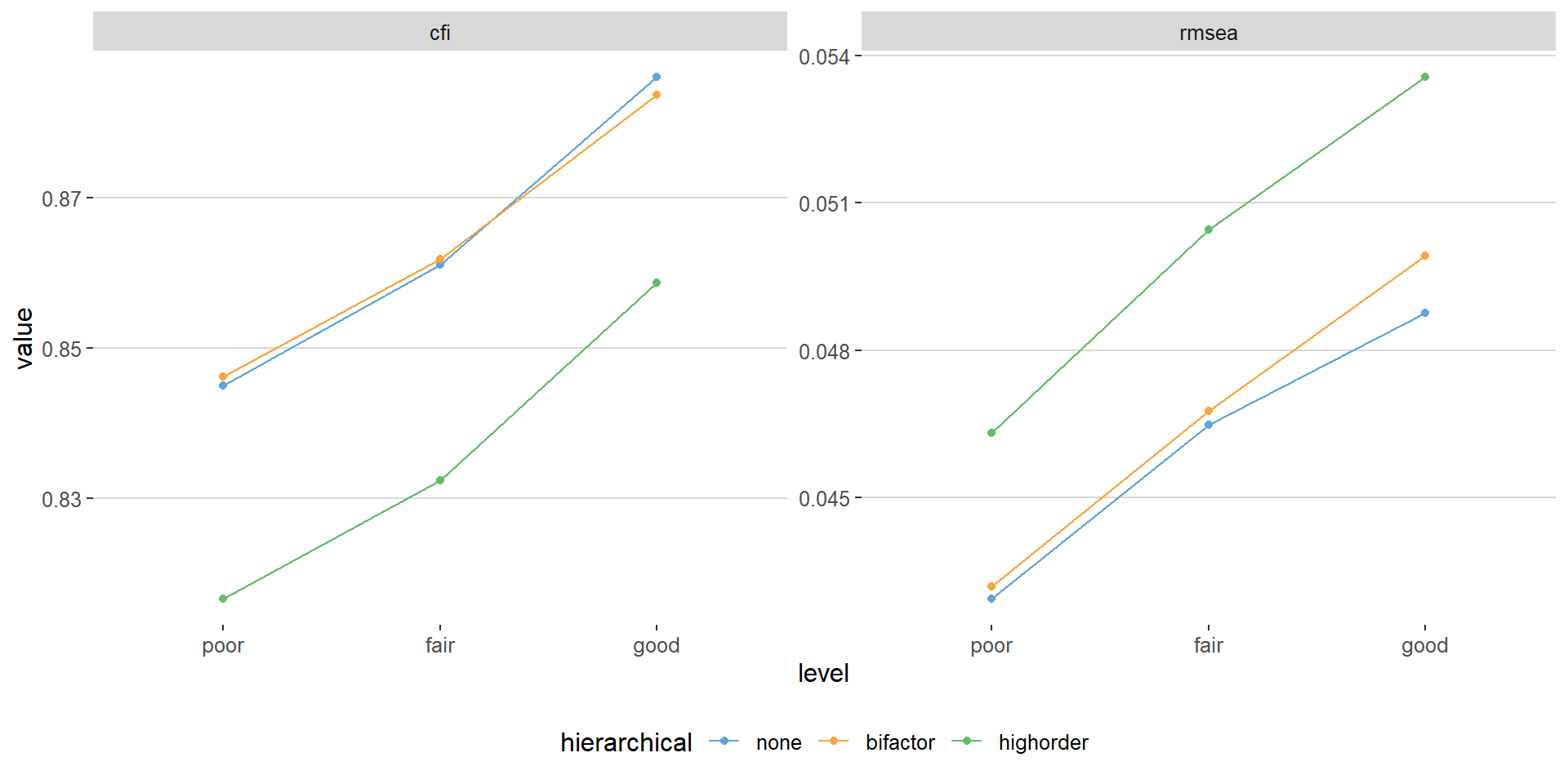
Loading Cutoff - Best Model
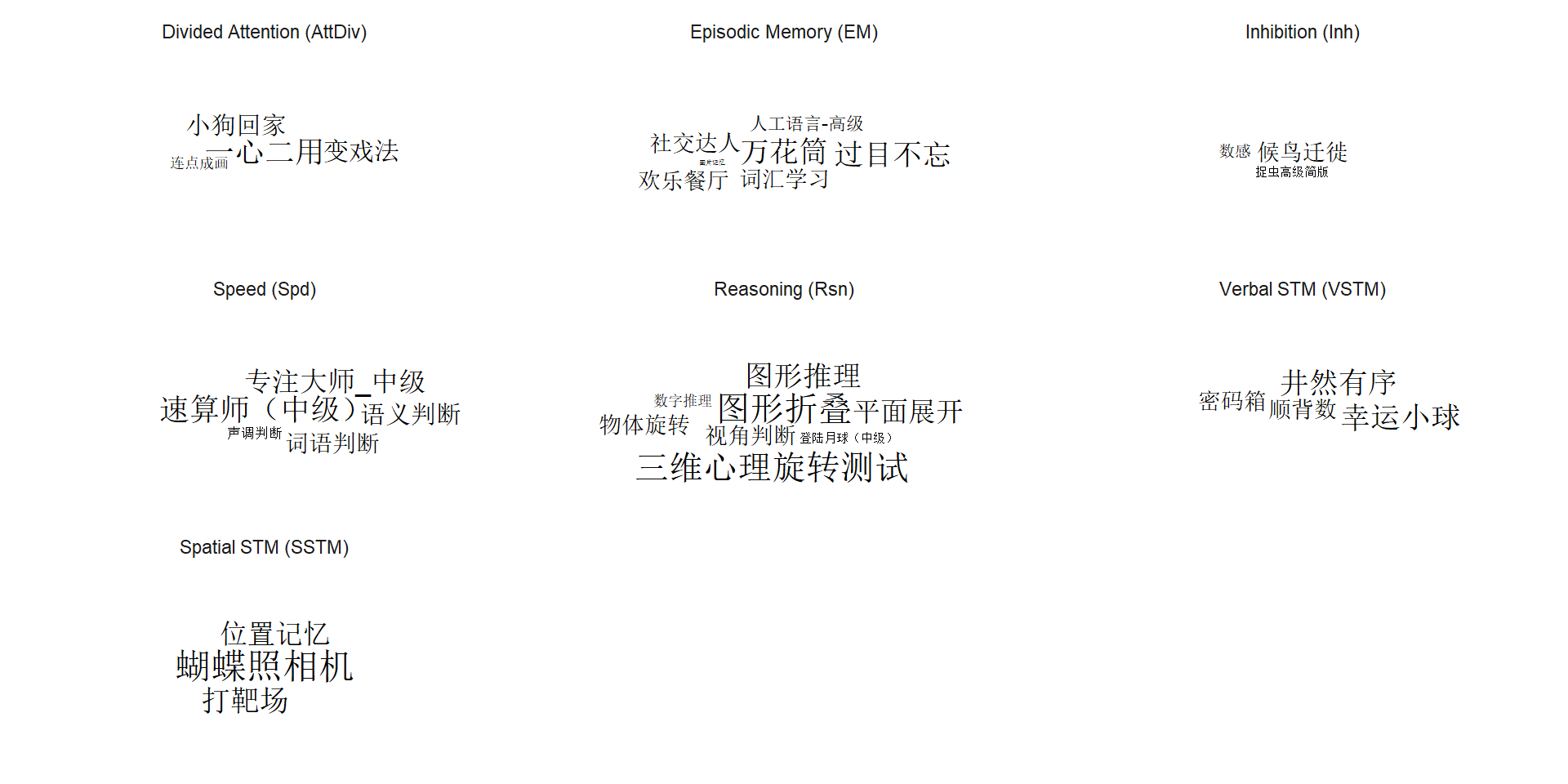
Task Number
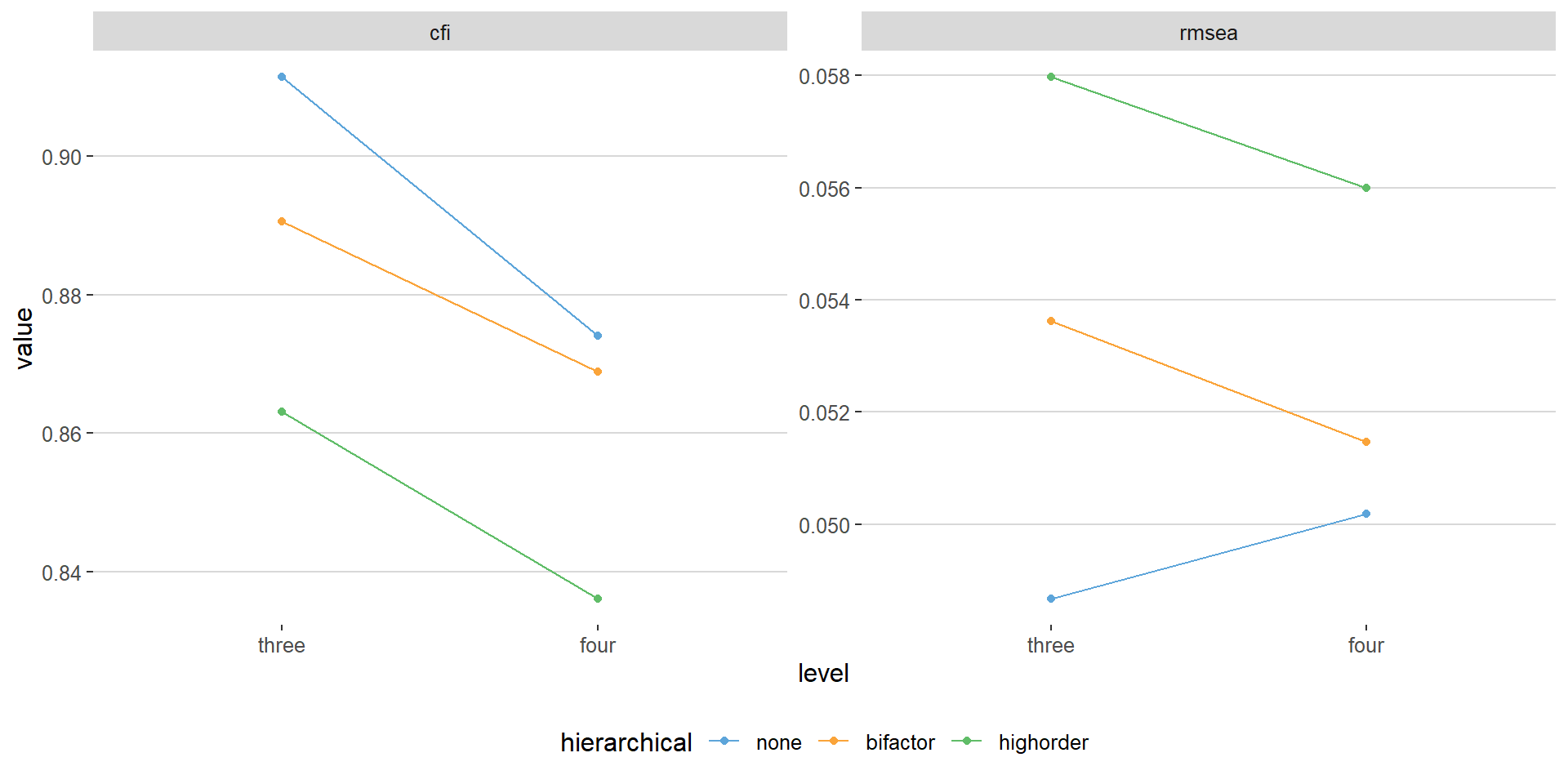
Task Number - Best Model
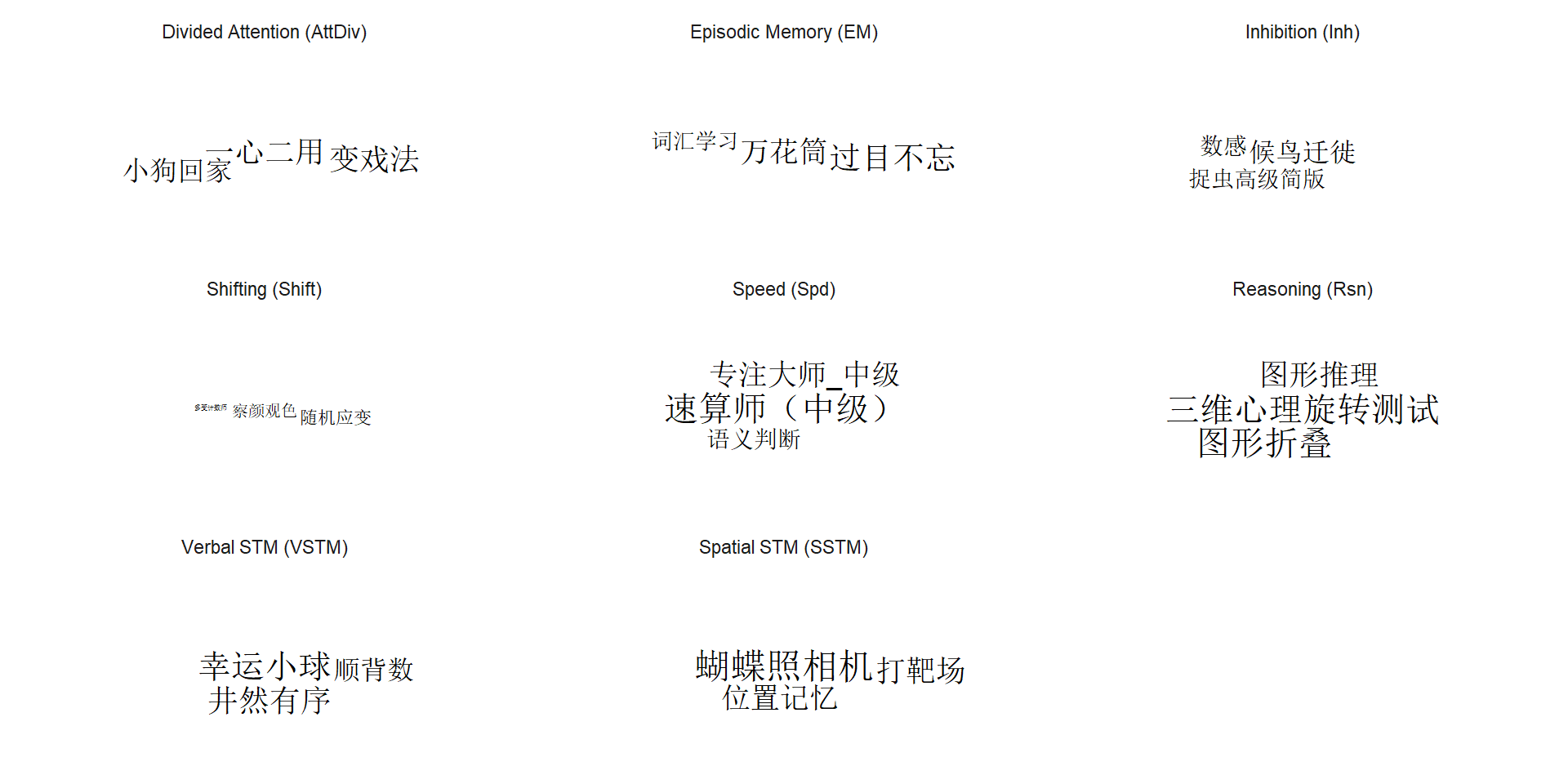
Trim Dimension
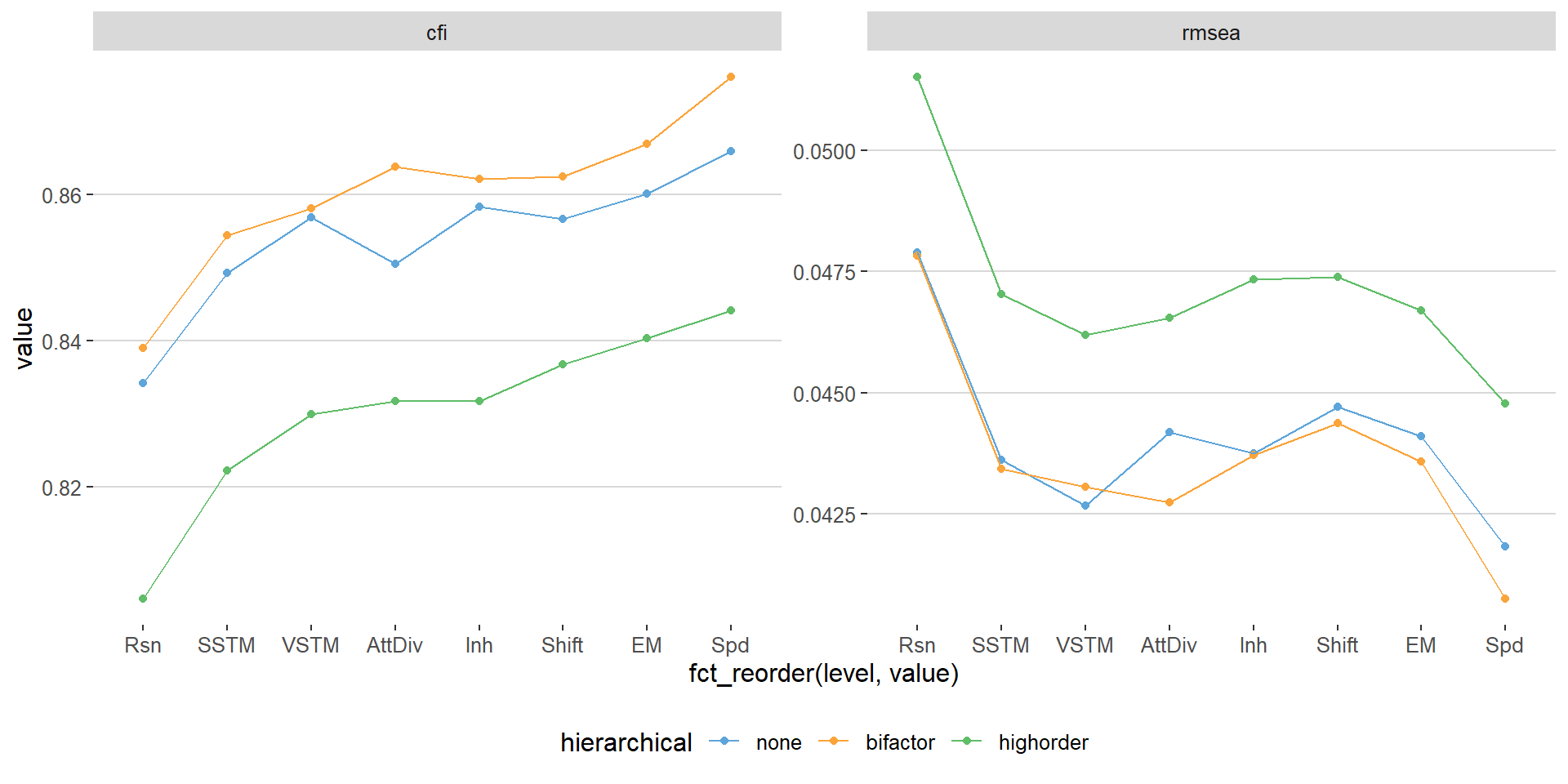
Trim Dimension (Continue)
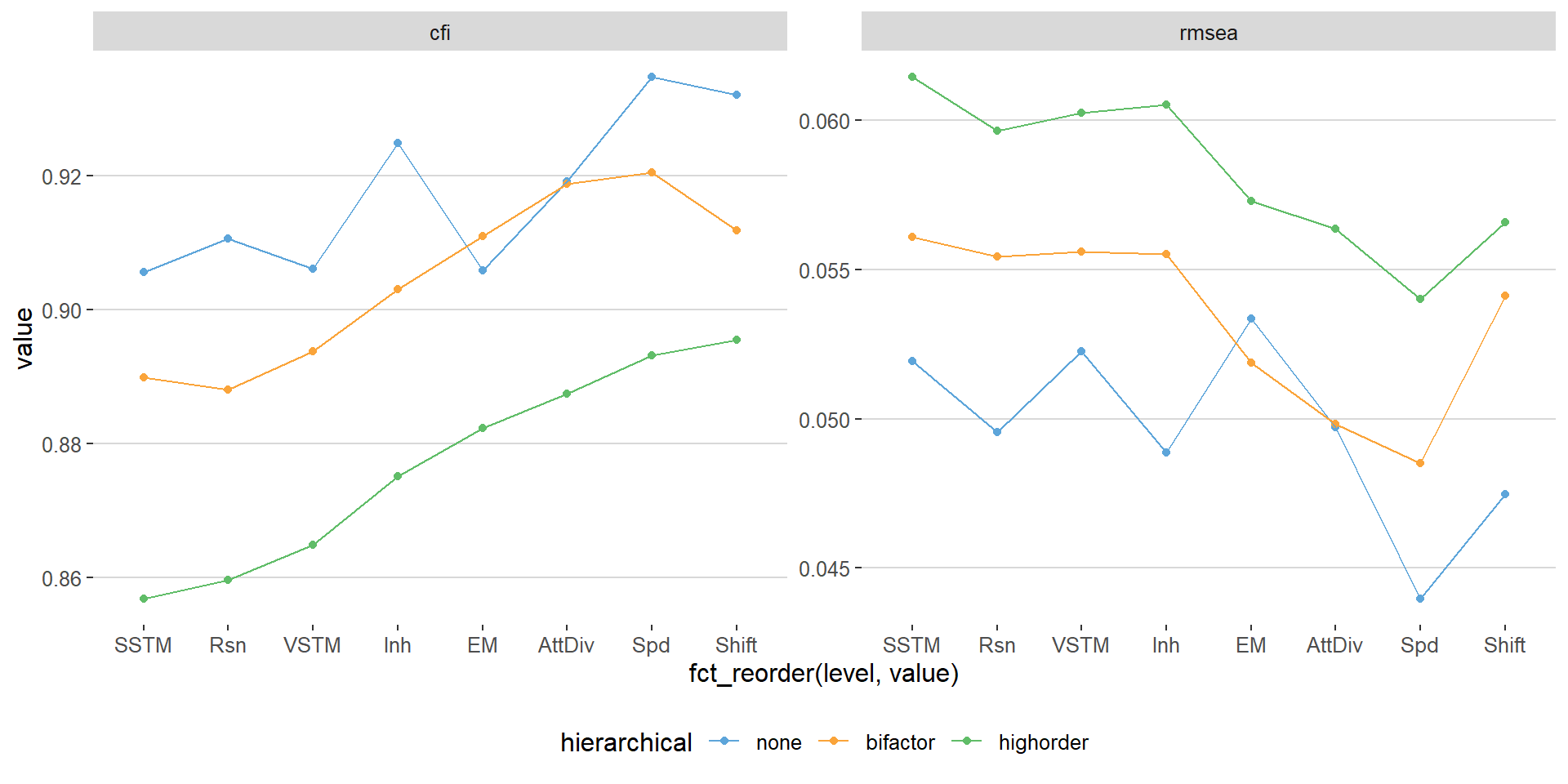
Based on the best model from task number
Trim Dimension - Best Model
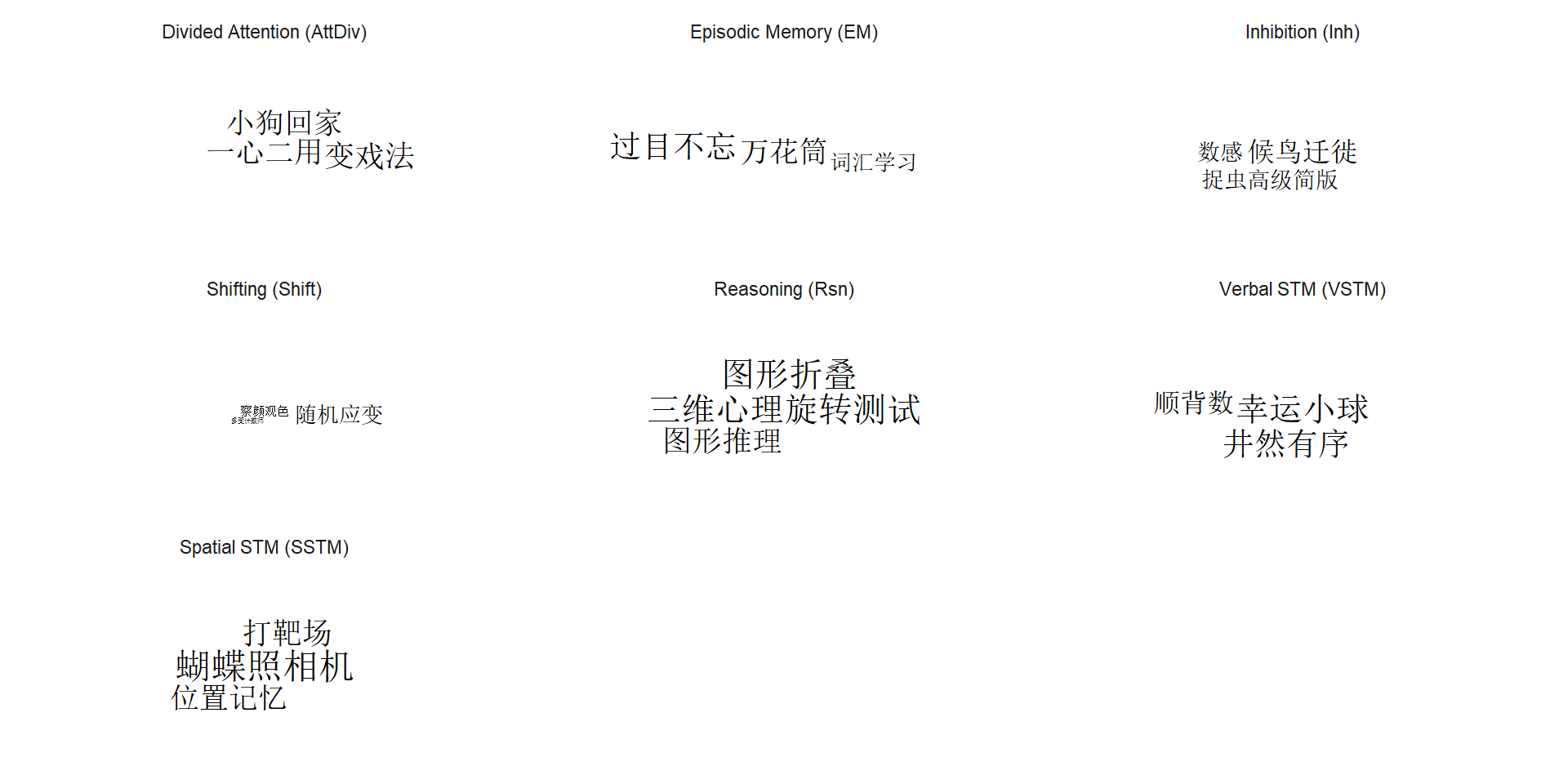
Trim Dimension - Best Model
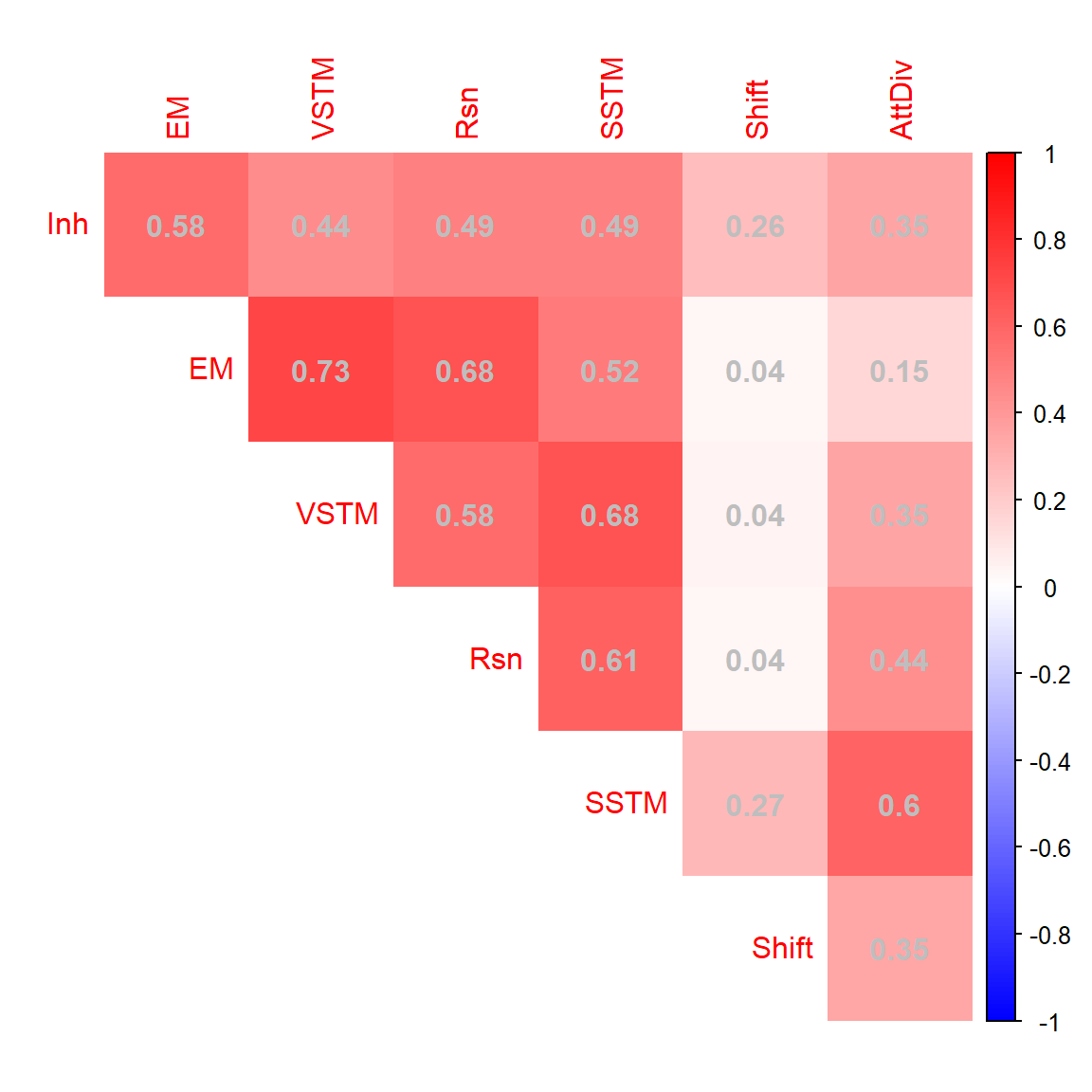
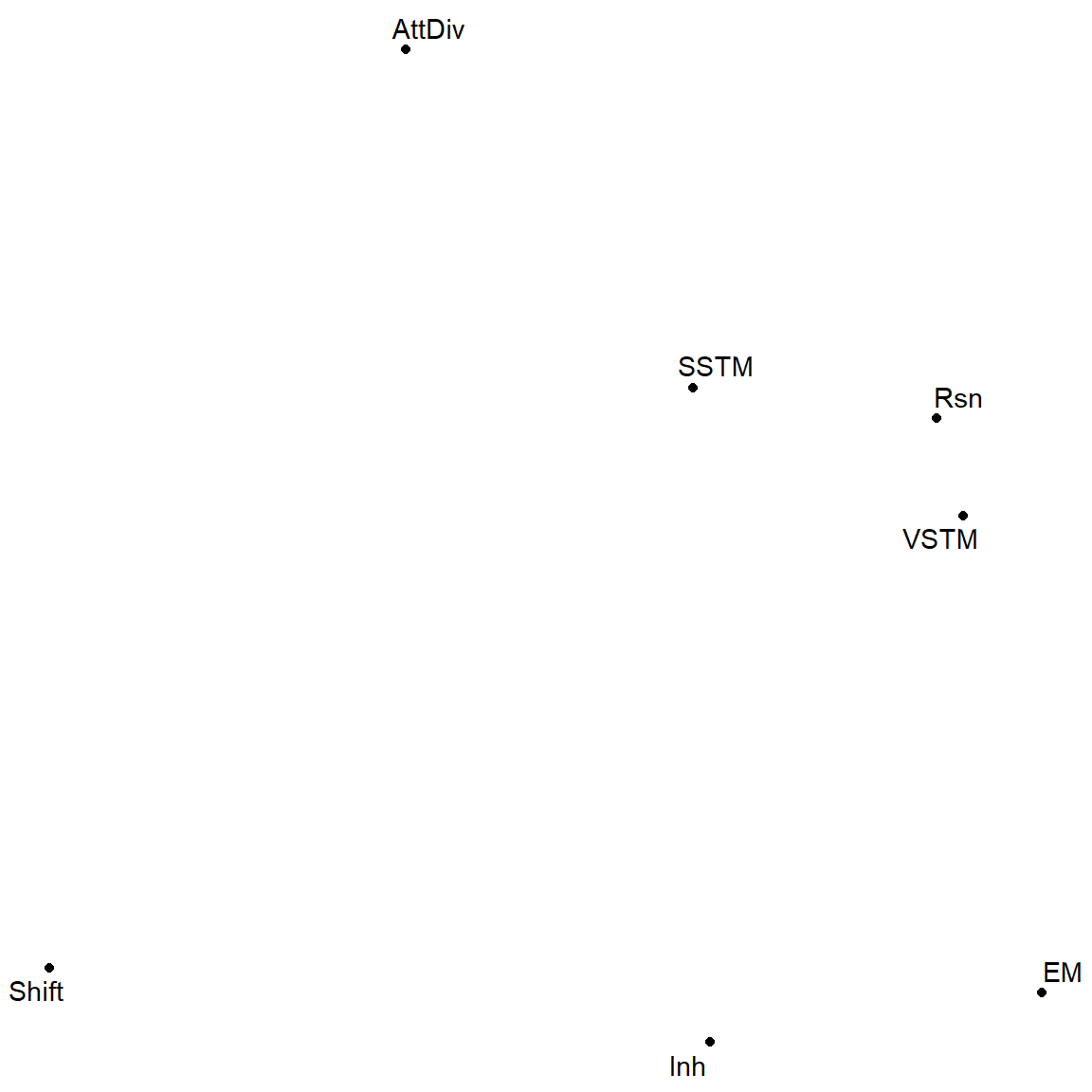
Measure Efficiency: Less Time-consuming
Example: \(R^2\) with G
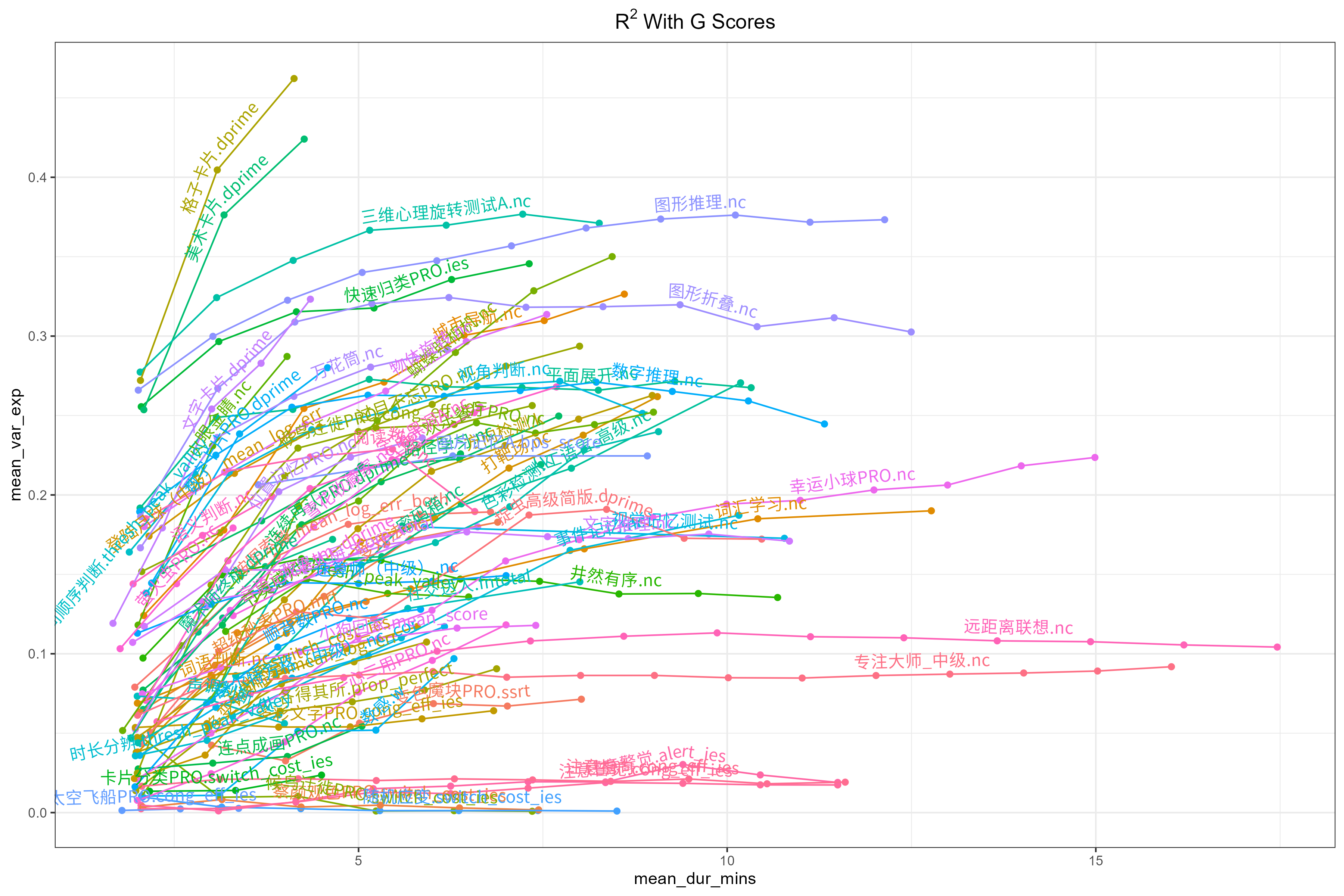
Example: \(R^2\) with G
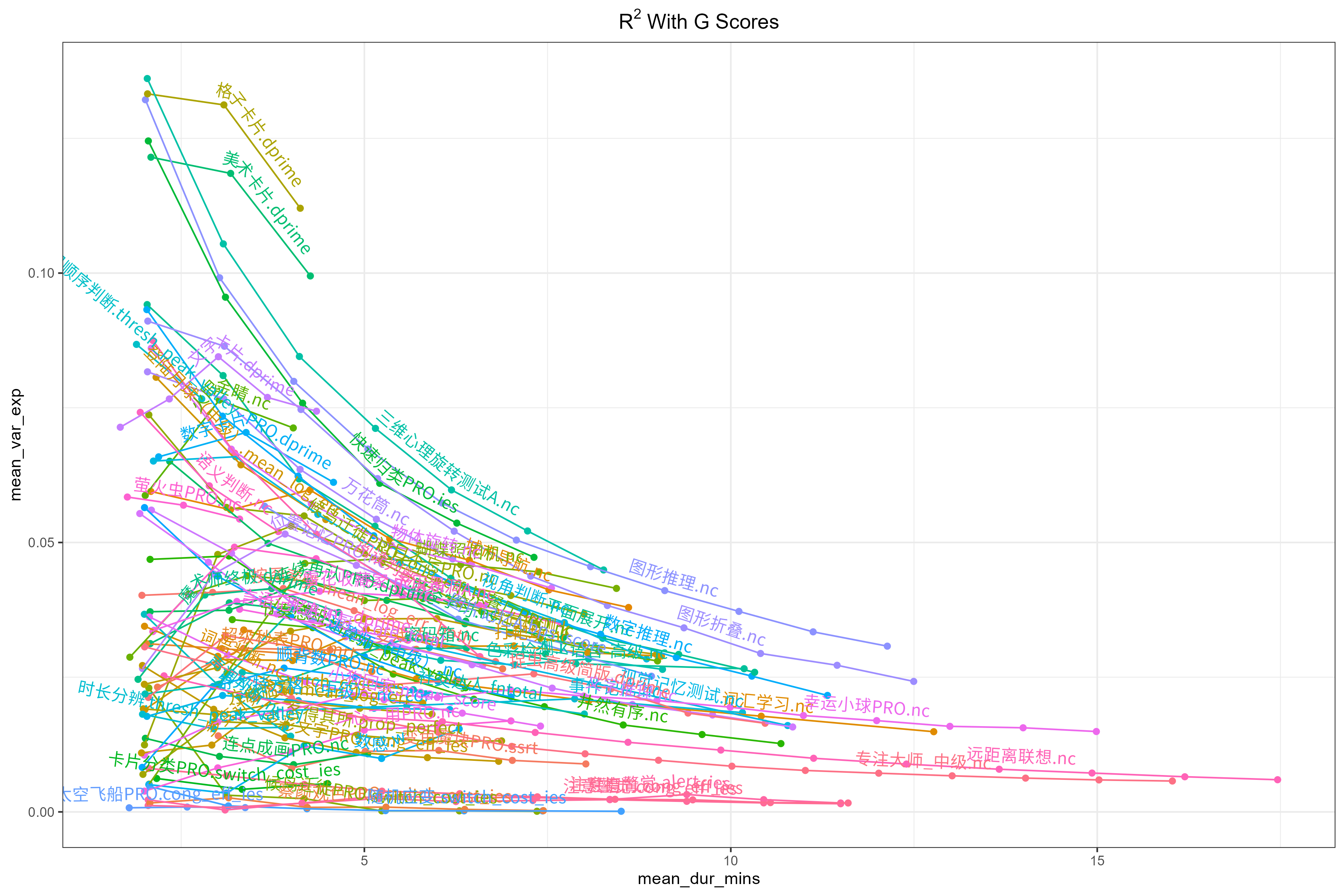
Task Selection Results
Exploratory Factor Analysis on Short Version
Factor Convergence
